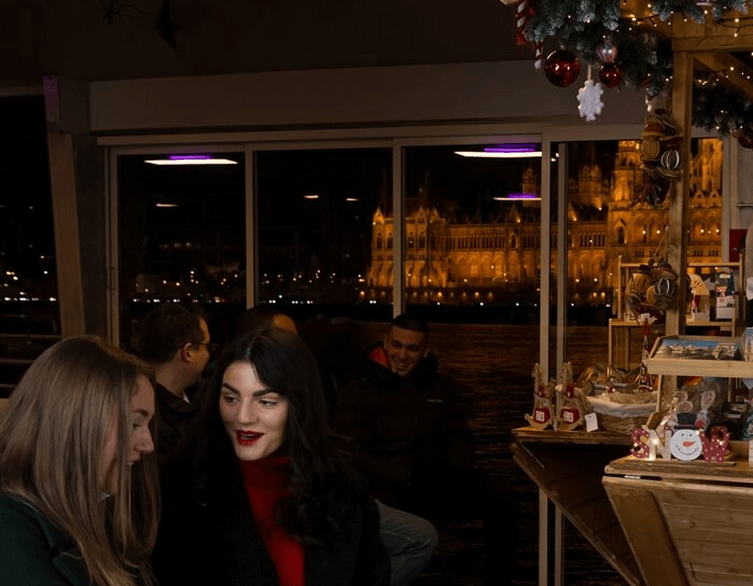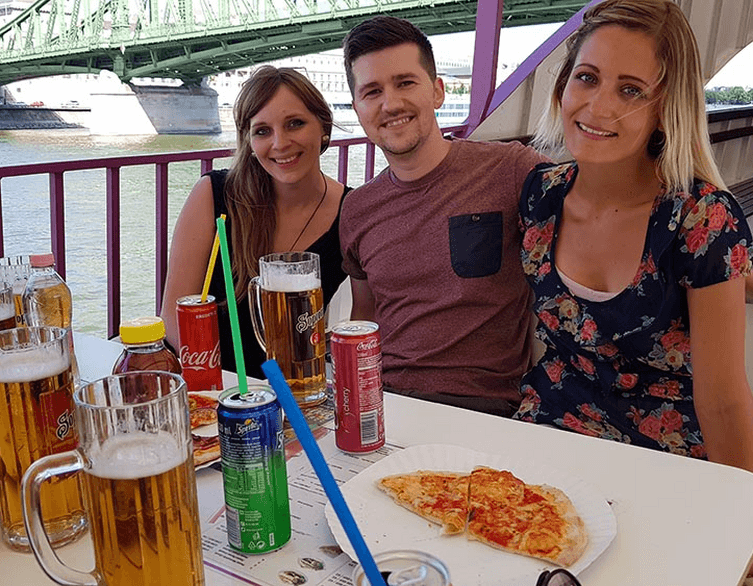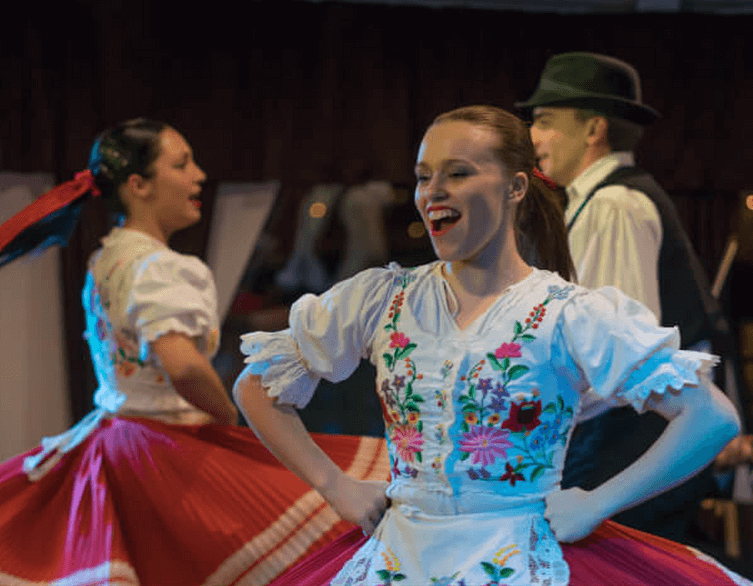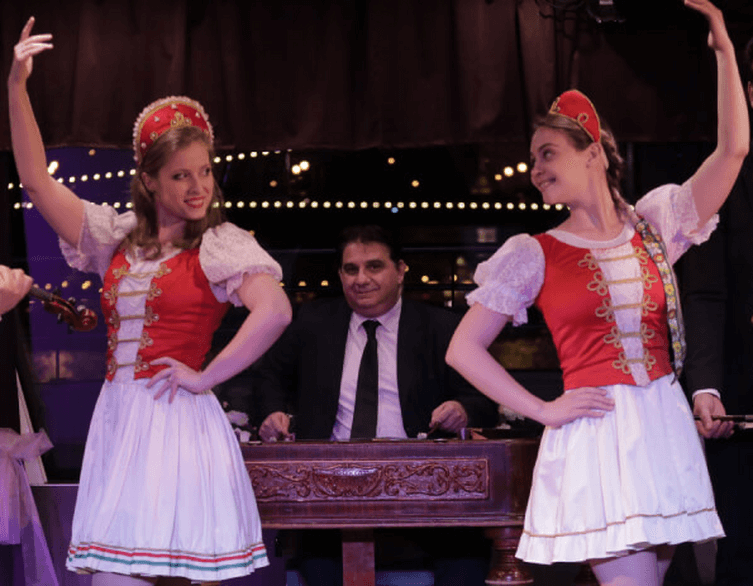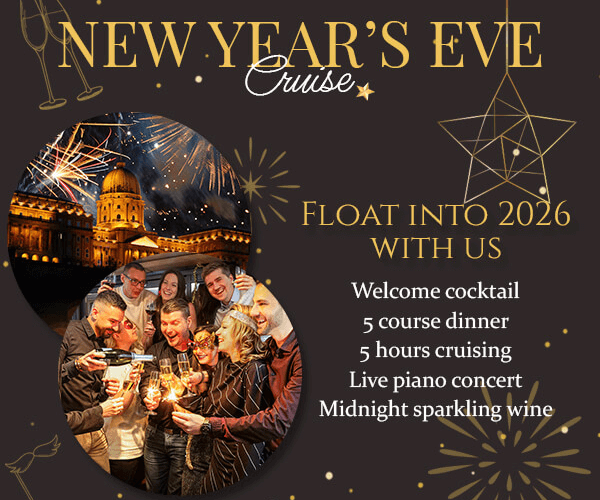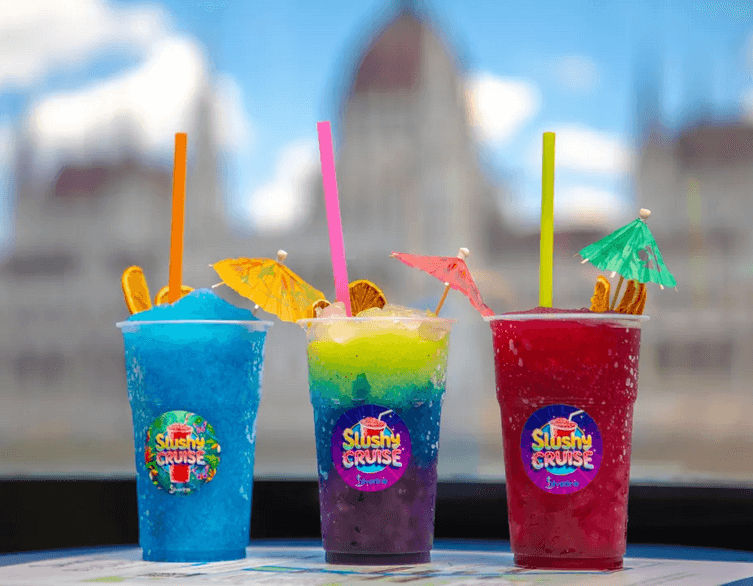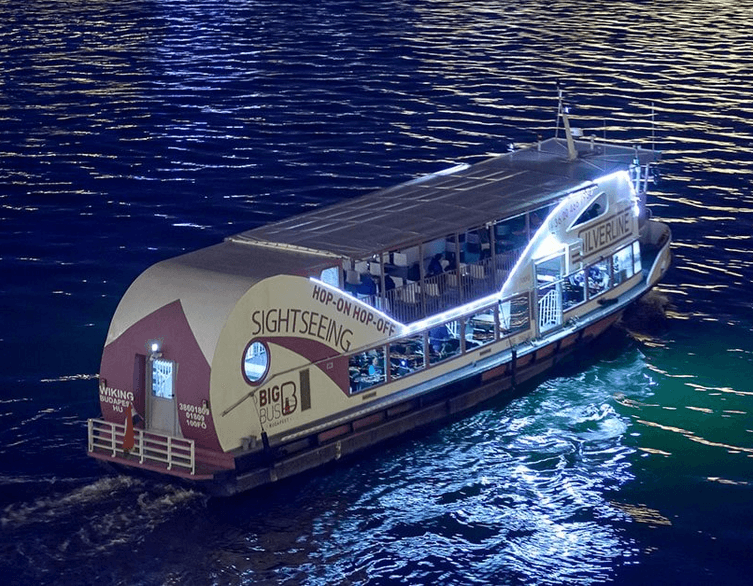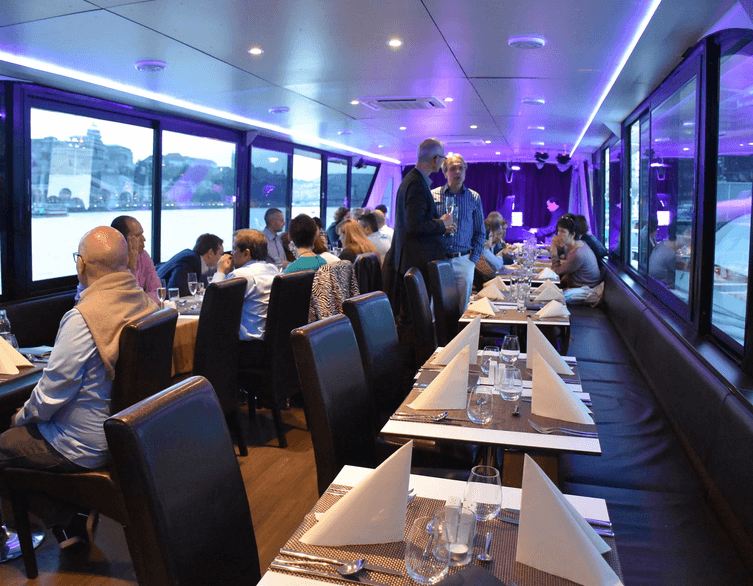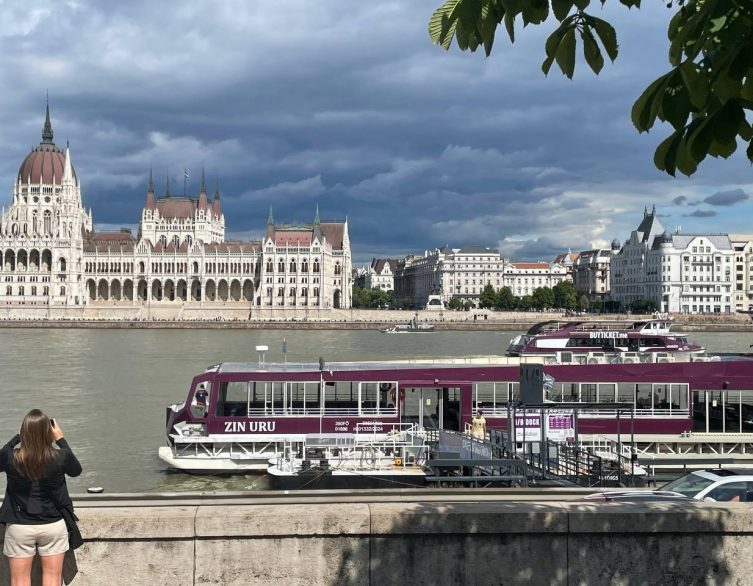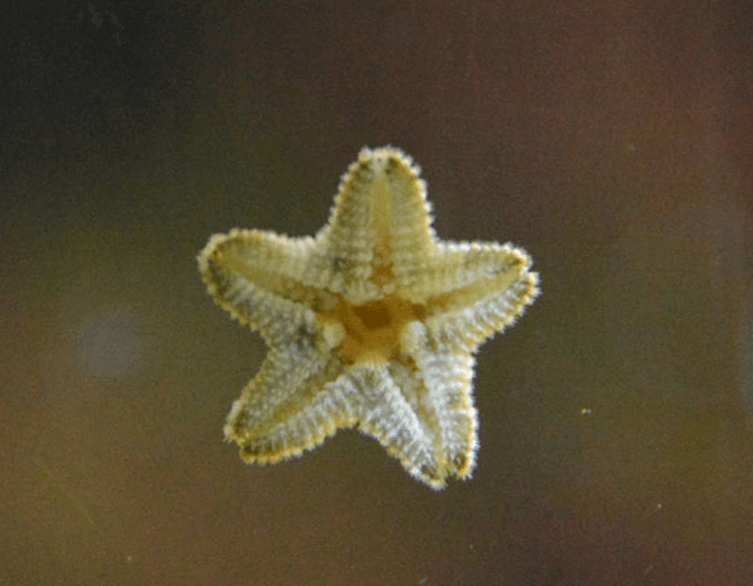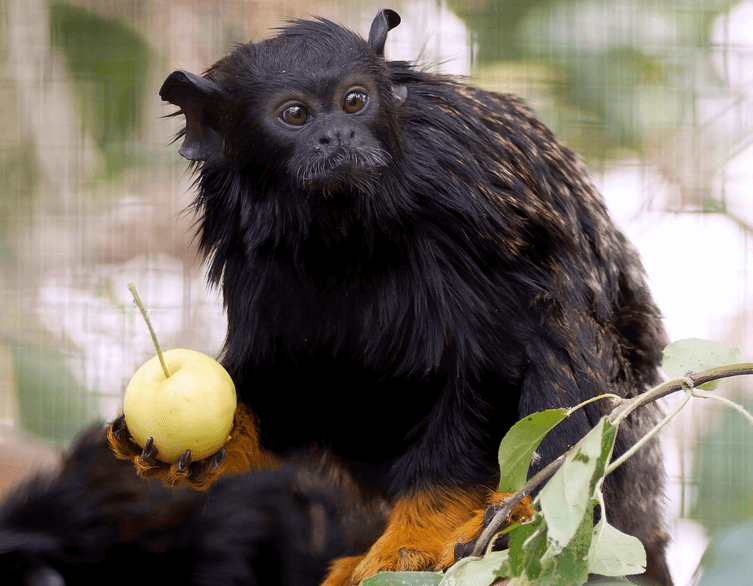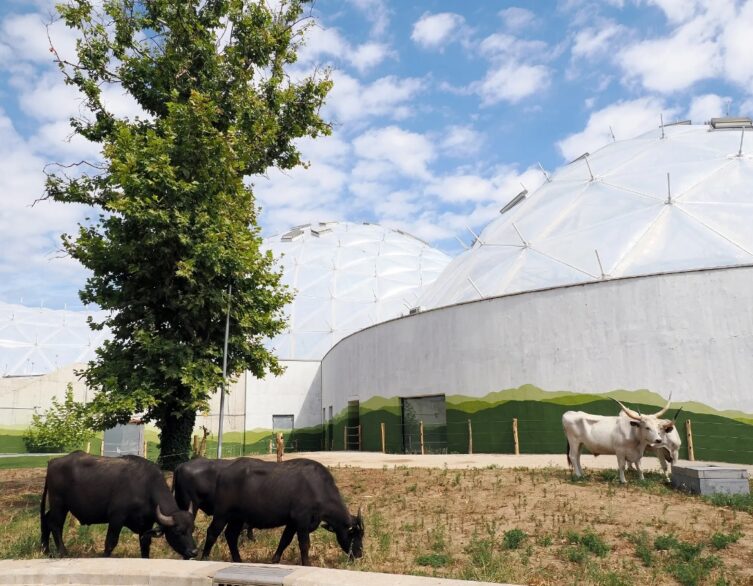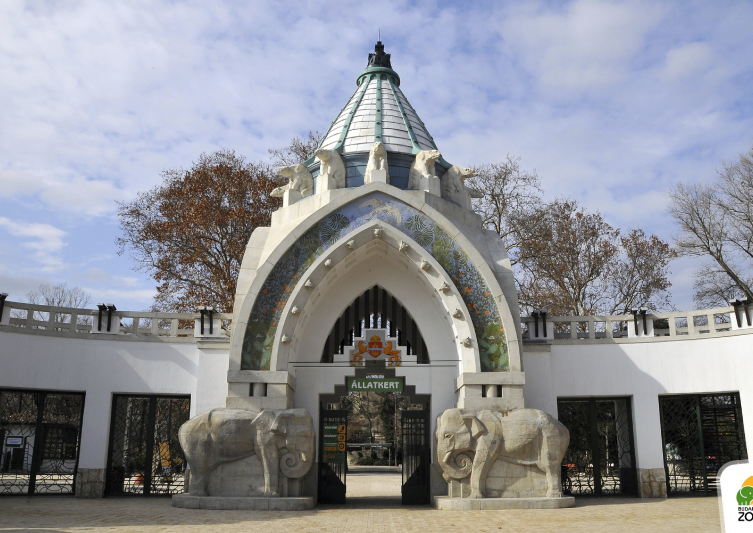The Biodome at Budapest Zoo: Evolution of a Modern Landmark

The Biodome at Budapest Zoo, situated in the heart of City Park, has become one of Budapest’s most discussed urban projects. While its full-scale “urban oasis” opening is still underway, the Biodome has already played host to a diverse array of exhibitions, installations, and family-friendly events—demonstrating how a developing attraction can serve the public even before its official completion.
Original Ambitions and Changing Concepts
Envisioned as a massive tropical enclosure with habitats for elephants, rhinos, chimpanzees, and a grand aquarium, the original Biodome plans required significant investment—20–25 billion forints that ultimately proved elusive. This financial reality led to a more modest vision: transforming the 1.7-hectare space into a lush green environment with relocated species from the Zoo’s “Big Rock” enclosure and extensive horticultural design, all within a scaled-back budget.
Creative Uses During Construction: From Dinosaurs to Light Art
Despite delays and ongoing construction, the Biodome’s vast indoor and outdoor spaces have regularly welcomed the public for special events. Earlier this year, from mid-February to the end of March 2025, visitors could immerse themselves in “Őslény körút 16.”—an interactive dinosaur experience that explored the science and fascination surrounding prehistoric life. The exhibition not only showcased global favorites like T-Rex and Hadrosaurus but also introduced guests to Hungary’s own fossil discoveries, such as Ajkaceratops and Hungarosaurus.
Seasonal programming has been another area of innovation. Fénydóm, a striking light art exhibition, transformed the Biodome into a glowing canvas for Hungarian and international light artists. The first edition, in March 2024, drew large crowds each evening with installations designed to make the most of the Biodome’s translucent architecture. After its success, Fénydóm 2 launched in autumn 2024, bringing new works that explored the beauty, complexity, and fragility of nature through immersive visual art.
Community Events and Educational Shows
The Biodome’s adaptability extends beyond exhibitions. In January and February 2024, its event hall hosted “Vadak ura – The Covenant,” a family musical featuring energetic dance, dynamic staging, eye-catching costumes, and dramatic LED setups, making use of the Biodome’s modern performance capabilities. The production brought together local theater, dance companies, and Budapest’s own audiences for a unique, family-oriented cultural experience.
Best deals of Budapest
Showcasing Hungary’s Animal Heritage
Alongside spectacular events, the Biodome’s outdoor enclosures opened to the public in August 2024, introducing popular Hungarian heritage breeds—like the Hungarian grey cattle and buffalo—after decades of absence from the zoo. These additions not only complement the collection of exotic wildlife but also highlight the tradition of presenting domestic animals to city audiences, a practice with deep roots in Budapest Zoo’s history.
Current Development Plans
As of late 2025, the Zoo is actively working on the final phase of the Biodome’s interior development, with horticultural installations forming the centerpiece of the current construction efforts. The planned “urban oasis” concept will prioritize extensive botanical displays, creating a lush indoor environment that serves as both an educational space and a peaceful retreat for visitors.
The animals currently housed in the Zoo’s Nagyszikla (Big Rock) complex are expected to be relocated to the newly designed Biodome interior, providing them with more spacious and naturalistic habitats. While the original plans for large African mammals like elephants and rhinos have been set aside, the new concept focuses on creating appropriate environments for smaller species that can thrive in the available space and budget constraints.
The Zoo’s management has indicated that programming will continue to blend permanent animal exhibits with rotating cultural and educational events, building on the success of previous light art installations and themed exhibitions. This hybrid approach allows the Biodome to serve multiple functions: as a wildlife habitat, educational center, and cultural venue.
Visitor Information and Future Prospects
While the Biodome’s full interior opening is scheduled for late 2025, many outdoor areas and event spaces are already in use, providing educational opportunities and cultural programming that appeal to both locals and international visitors. The Biodome is included in the regular zoo ticket price, eliminating the need for an extra fee to experience its evolving attractions.
Budapest’s Biodome stands as a model for adaptive use: creatively repurposing a developing urban space for community benefit, cultural enrichment, and ecological education. As new phases of development and programming are introduced, visitors can expect an expanding array of natural, cultural, and interactive experiences at one of Budapest’s most dynamic destinations.
Related news
Related events
Related attractions

